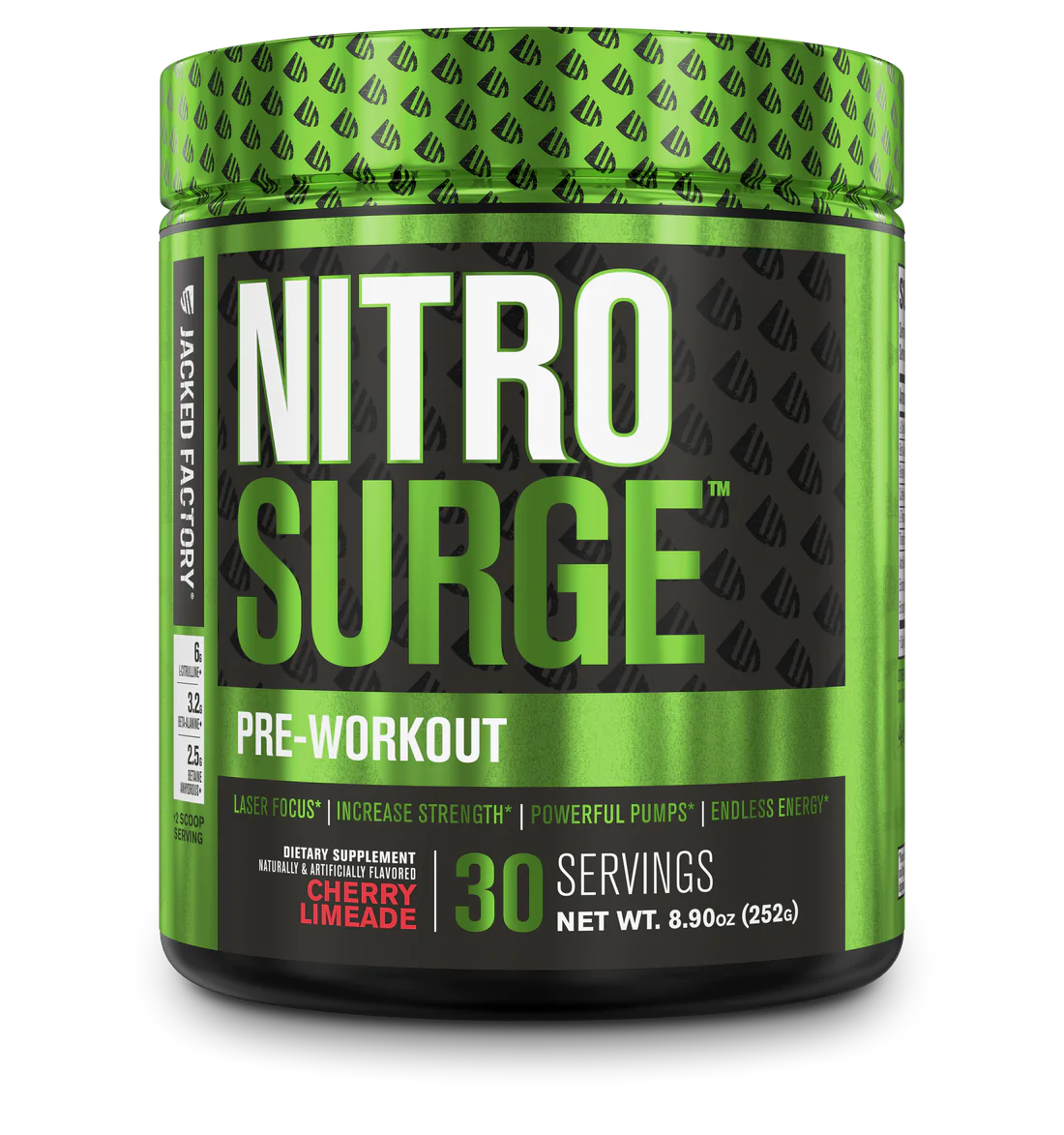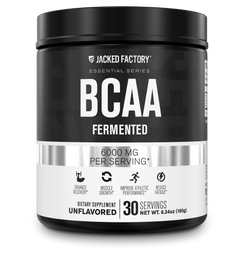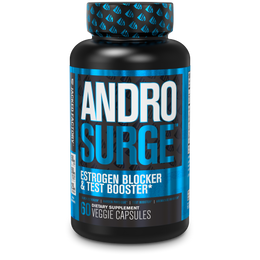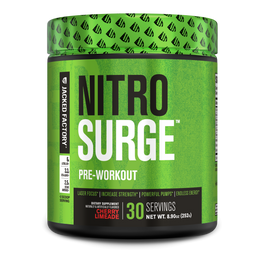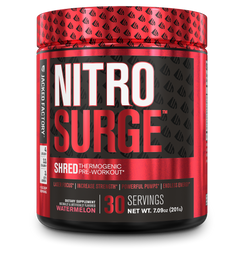It can be very discouraging when you simply can’t gain lean mass no matter how hard you try. The good news is that some strategic diet tips will help you overcome your natural tendency to remain skinny.
This should be a no-brainer for most readers, but if you want to gain lean mass, it’s crucial your consuming enough calories. Naturally, for easing the struggle of consuming large amounts of food just to meet your daily calorie and macronutrient needs, you should place emphasis on calorie-dense foods. Basically, these are foods that don’t fill you up but contain large amounts of energy. This makes the muscle building process less difficult for people who simply don’t like feeling stuffed around the clock.
Read on for a list of the best foods to pack on mass and why you should regularly incorporate them into your diet. No more excuses for being skinny!
15 Foods You Should Eat for Building Lean Mass
1. Nut butter

Nut butter products are excellent sources of polyunsaturated fatty acids and very calorie-dense. Every tablespoon has 100 or more calories, and that’s very low in volume. Peanut butter, almond butter, and pecan butter are all examples of nut butter.
Moreover, research actually suggests that nut butter consumption is inversely associated with risk of type-2 diabetes; that is to say, nut butter is rich in fatty acids and nutrients that reduce the risk of type-2 diabetes by improving insulin and glucose sensitivity.
I’ve consulted with athletes who had a lot of trouble putting on lean mass; to solve this conundrum, I told them to add 2 tablespoons of peanut butter to every meal they ate throughout the day. The result: their lean mass started to go up. It doesn’t get much simpler than that.
2. Red meat

If you’re in need of a solid animal protein source and lots of micronutrients such as iron and coenzyme Q10, red meat is pretty much the cream of the crop. Red meat includes foods like ground beef and steak. Red meat also contains a generous amount of creatine, carnosine, and taurine, each of which helps with cellular hydration and promoting muscle gain.
If you’ve been keeping up with nutritional science the past few years you may be aware that a lot of research has gone into the association between chronic diseases and red meat consumption.
However, the media tends to misinterpret the data and conclusions of these studies, claiming that red meat causes cancer, which is simply not what the data suggests. In fact, lean red meat consumption in moderation appears to positively influence nutrient absorption and blood lipid values, which are good things for health and longevity.
3. Whole milk

Dairy products, in general, seem to get a bad rap from many individuals, mainly because lactose intolerance is a fairly common issue among humans.
That being said, for those who tolerate dairy just fine, whole milk can do wonders for gaining lean mass. Yes, whole milk is technically a liquid and not solid food, but this is actually why it’s so great for packing on lean mass since much of the digestive process is already done for you.
Furthermore, whole milk is an excellent source of vitamin D and calcium, two micronutrients that work together for proper bone, hormone and skin health, as well as reduced risk of cancer.
Eight ounces of whole milk contains 150 calories, and 30% of the recommended daily values of calcium and vitamin D. Try substituting whole milk for water when you eat a meal for a simple way to take in more calories.
4. Olive oil

Another liquid that’s great for adding lean mass is olive oil. The beauty of olive oil is that it’s heart healthy thanks to the unsaturated fatty acids that make up the bulk of its calorie content.
Better yet, you can add it to many foods without greatly altering the taste or consistency. A tablespoon of olive oil contains a whopping 120 calories.
Research has found that olive oil is full of potent antioxidants that reduce the risk of cancer and heart disease. Moreover, it’s a great substitute for vegetable oils when cooking with high heat. Even better, you can make a tasty salad dressing at home by mixing olive oil and pure balsamic vinegar.
5. Salmon

High-quality fish is an excellent protein source. Salmon, in particular, is chock full of omega-3 fatty acids which have multitudes of health benefits. In fact, as little as a 4 oz portion of salmon, which is roughly the size of your fist, packs a mighty 180 calories and contains about 2-3g of omega-3 fatty acids.
Freshwater fish do contain small amounts of chemical contaminants like mercury and lead so it is best to limit consumption to just a few times a week, though you could safely consume a few ounces every day.
5. Coconut (oil or flakes)

Coconut is one of nature’s richest sources of a specific class of saturated fat: medium-chain triglycerides (MCTs). Coconut is highly calorie-dense, with about 120 calories per tablespoon in oil form. While most people fear saturated fats, MCTs digest differently than other fats and actually improve cholesterol levels and heart health.
Whether you choose to buy coconut flakes or coconut oil is completely up to you, though it is best to opt for extra virgin coconut oil and the unsweetened flakes. Coconut is already sweet naturally; sweetened flakes are just loaded with extra sugar, which doesn’t do much good for health purposes.
5. Cheese

Another dairy product that makes the list is cheese. Thankfully, cheese is much more tolerable for most people than milk is. There are tons of different varieties of cheese available. If you’re looking to get the most bang for your buck in terms of calorie and nutrient content, then opt for full-fat cheeses. Save the fat-free varieties for when it’s time to cut fat.
Cheese, much like whole milk, is a great source of calcium, vitamin D, and also vitamin K2, all of which work together to promote bone health and improve cardiac functioning.
Cheese is also one of the few food products that contain a specific fatty acid called conjugated linoleic acid (CLA). CLA has been shown in studies to actually improve body composition and reduce the risk of atherosclerosis (hardening of the arteries).
8. Whole eggs

Not surprisingly, whole eggs are a staple food for breakfast in many American’s diets. That’s actually positive, considering that whole eggs are full of micronutrients, protein, and essential fatty acids. Better yet, whole eggs pack upwards of 80 calories for just one egg. If you make yourself a three-egg omelet that’s an easy 240 calories right there!
It seems many gym goers worry that whole eggs contain cholesterol, and therefore they opt for only egg whites. However, research suggests that individuals who eat whole eggs actually increase their HDL cholesterol (the “good” cholesterol) and reduce their LDL cholesterol (the “bad” cholesterol).
In short, if you want to pack on lean mass and be healthy, your best bet is to stop ditching the yolk. Eat the whole egg!
9. Granola

Granola is made using a concoction of rolled honey and sweeteners, nuts, and oats and sometimes other grains like puffed rice. It is generally baked until being crisp and golden brown.
Granola comes in a variety of forms, whether it’s as a dried cereal or in bar form. The beauty with granola is that you can easily add it to tons of foods, including yogurt and cottage cheese.
Depending on the variety of granola that you purchase, and the ingredients within it, a half cup can provide upwards of 200 calories. Doesn’t get much better than that for a calorie-dense option.
10. Dark chocolate

Dark chocolate (keyword here being “dark”) is a rich source of cocoa and is loaded with antioxidants, not to mention it has plenty of calories and isn’t very filling. Research seems to suggest there is a significant reduction in cardiac-associated disturbances in individuals who ingest more dark chocolate or cocoa vs. those with limited chocolate or cocoa intake.
Similar to previous foods on this list, dark chocolate is certainly healthy in moderation, but don’t misinterpret this to mean that you should eat an entire package of dark chocolate every day. Even if you’re trying to pack on lean mass, this isn’t a good idea.
11. Sweet potatoes

The sweet potato is a type of a root vegetable that is a diet staple in many cultures. Along with carrots, sweet potatoes have orange flesh due to their high beta-carotene content, which is an antioxidant. Sweet potatoes contain a good amount of complex carbohydrates, fiber, and protein, and make a great side option to any protein source.
12. Beans

Next up are the “magical fruits” beans, though they’re not technically fruits at all. The term “beans” is a bit vague since there are many varieties of beans out there. In general, it refers to things like kidney beans, chickpeas, black beans, pinto beans, and red beans.
Beans really are a wholesome, nutrient-dense food, containing large amounts of fiber as well as protein to boost muscle growth and enhance digestive health. They also contain a generous amount of magnesium, iron, and potassium to help keep your body operating efficiently.
13. Bananas

Bananas are a great option before or after a hard workout thanks to their ample amount of potassium and natural sugar content. Potassium deficiency is a common cause of muscular cramps and athletic performance inhibition, so having a banana before training is an ideal means of preventing those issues.
Moreover, the simple sugars in bananas act to boost insulin levels, which in turn improves the muscle-building process.
14. Greek yogurt

Straining ‘regular’ yogurt helps remove whey from the product, resulting in what is we call Greek yogurt. Greek yogurt is ultra high in protein, contains nearly no sugar, and has a thick consistency.
Not to mention, it’s got tons of calcium, making it a superb option for healthy bones and building muscle. Greek yogurt also has a slightly sour, but neutral taste, making it great for adding to smoothies and pretty much any recipe.
15. Quinoa
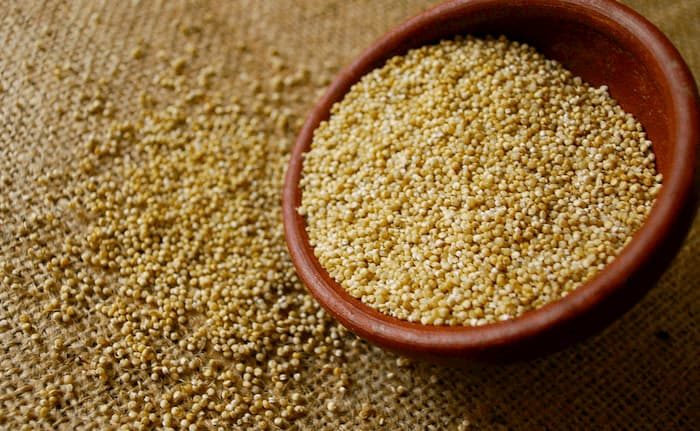
Another fantastic grain option for building muscle is quinoa (“keen-wah”); don’t worry, nobody says it right the first time. Quinoa is a “pseudocereal” and is quite similar to buckwheat. It is full of antioxidants, magnesium, iron, fiber, and protein to propel your muscle-building efforts. Better yet, quinoa can be made many different ways and is extremely versatile with a little creativity.
Lean Mass Foods: Wrap Up
There are no guarantees in life, but by incorporating these foods into your diet consistently, you will see the scale heading in the right direction. Remember, your diet shouldn’t consist solely of these foods, but do try and eat some (or all) of these 15 foods in moderation.
Try to focus on foods that are nutrient-dense so you can give your body the energy it needs to grow!

